Makindo Medical Notes"One small step for man, one large step for Makindo" |
|
|---|---|
| Download all this content in the Apps now Android App and Apple iPhone/Pad App | |
| MEDICAL DISCLAIMER: The contents are under continuing development and improvements and despite all efforts may contain errors of omission or fact. This is not to be used for the assessment, diagnosis, or management of patients. It should not be regarded as medical advice by healthcare workers or laypeople. It is for educational purposes only. Please adhere to your local protocols. Use the BNF for drug information. If you are unwell please seek urgent healthcare advice. If you do not accept this then please do not use the website. Makindo Ltd. |
Molecular Structures for Medicine
-
| About | Anaesthetics and Critical Care | Anatomy | Biochemistry | Cardiology | Clinical Cases | CompSci | Crib | Dermatology | Differentials | Drugs | ENT | Electrocardiogram | Embryology | Emergency Medicine | Endocrinology | Ethics | Foundation Doctors | Gastroenterology | General Information | General Practice | Genetics | Geriatric Medicine | Guidelines | Haematology | Hepatology | Immunology | Infectious Diseases | Infographic | Investigations | Lists | Microbiology | Miscellaneous | Nephrology | Neuroanatomy | Neurology | Nutrition | OSCE | Obstetrics Gynaecology | Oncology | Ophthalmology | Oral Medicine and Dentistry | Paediatrics | Palliative | Pathology | Pharmacology | Physiology | Procedures | Psychiatry | Radiology | Respiratory | Resuscitation | Rheumatology | Statistics and Research | Stroke | Surgery | Toxicology | Trauma and Orthopaedics | Twitter | Urology
Related Subjects: |Basic Chemistry for Medicine |Basic Physics for Medicine |Physics of flow for Medical students |Electron Transport Chain |Molecular Structures for Medicine |Oxidation and Reduction for Medical Students
Understanding molecular structures is fundamental to the field of medicine. It helps in comprehending the functions and interactions of various biomolecules, which is crucial for diagnosing and treating diseases. Here is an overview of some key molecular structures relevant to medicine.
DNA (Deoxyribonucleic Acid)
- Structure :
- Double helix composed of two complementary strands.
- Each strand is made up of nucleotides consisting of a sugar (deoxyribose), a phosphate group, and a nitrogenous base.
- Four types of nitrogenous bases: adenine (A), thymine (T), cytosine (C), and guanine (G).
- A pairs with T, and C pairs with G through hydrogen bonds.
- Function :
- Storage of genetic information.
- Transmission of genetic information during cell division.
- Provides the template for RNA synthesis during transcription.
RNA (Ribonucleic Acid)
- Structure :
- Single-stranded molecule.
- Composed of nucleotides with a sugar (ribose), a phosphate group, and nitrogenous bases.
- Four types of nitrogenous bases: adenine (A), uracil (U), cytosine (C), and guanine (G).
- A pairs with U, and C pairs with G through hydrogen bonds.
- Types and Functions :
- mRNA (Messenger RNA) : Carries genetic information from DNA to the ribosome for protein synthesis.
- tRNA (Transfer RNA) : Brings amino acids to the ribosome during protein synthesis.
- rRNA (Ribosomal RNA) : Structural and functional component of the ribosome.
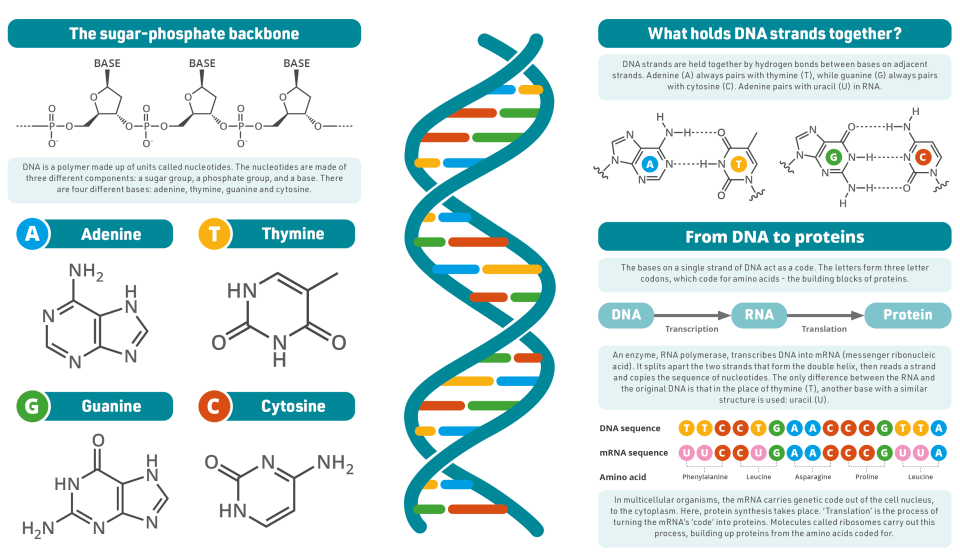
Proteins
- Structure :
- Composed of amino acids linked by peptide bonds.
- Four levels of structure:
- Primary Structure : Sequence of amino acids.
- Secondary Structure : Alpha helices and beta sheets formed by hydrogen bonding.
- Tertiary Structure : Three-dimensional folding pattern of a protein due to side chain interactions.
- Quaternary Structure : Association of multiple polypeptide chains.
- Function :
- Enzymes: Catalyze biochemical reactions.
- Structural Proteins: Provide support and shape to cells and tissues (e.g., collagen).
- Transport Proteins: Carry molecules across cell membranes (e.g., haemoglobin).
- Regulatory Proteins: Involved in the regulation of cellular processes (e.g., insulin).
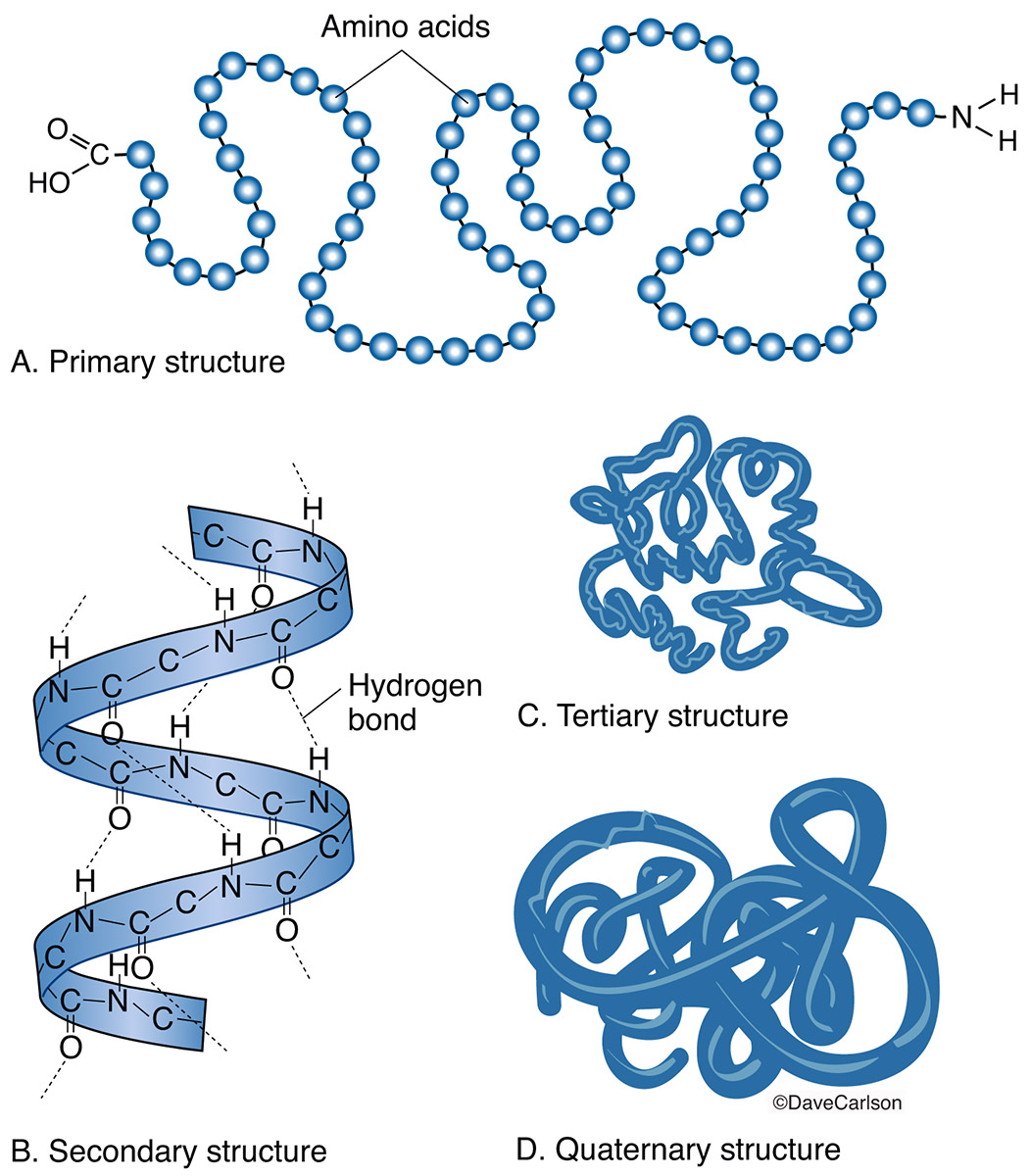
Lipids
- Structure :
- Composed of fatty acids and glycerol.
- Can be classified into triglycerides, phospholipids, and sterols.
- Function :
- Energy storage (triglycerides).
- Component of cell membranes (phospholipids).
- Signaling molecules (sterols, e.g., cholesterol).
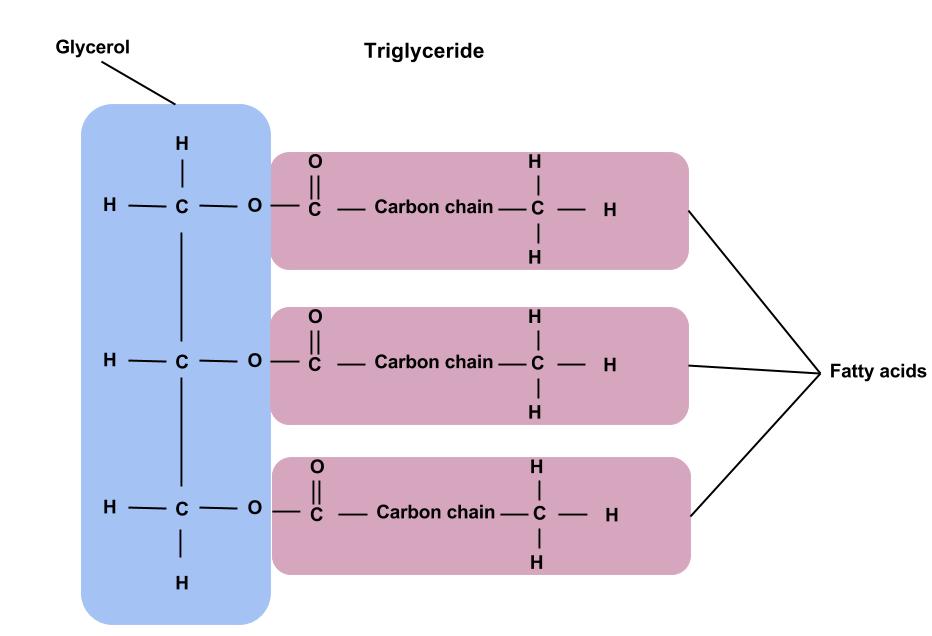
Carbohydrates
- Structure :
- Composed of carbon, hydrogen, and oxygen.
- Monosaccharides (e.g., glucose), disaccharides (e.g., sucrose), and polysaccharides (e.g., glycogen).
- Function :
- Provide energy through glucose metabolism.
- Storage form of energy (glycogen in animals, starch in plants).
- Structural component (cellulose in plants).
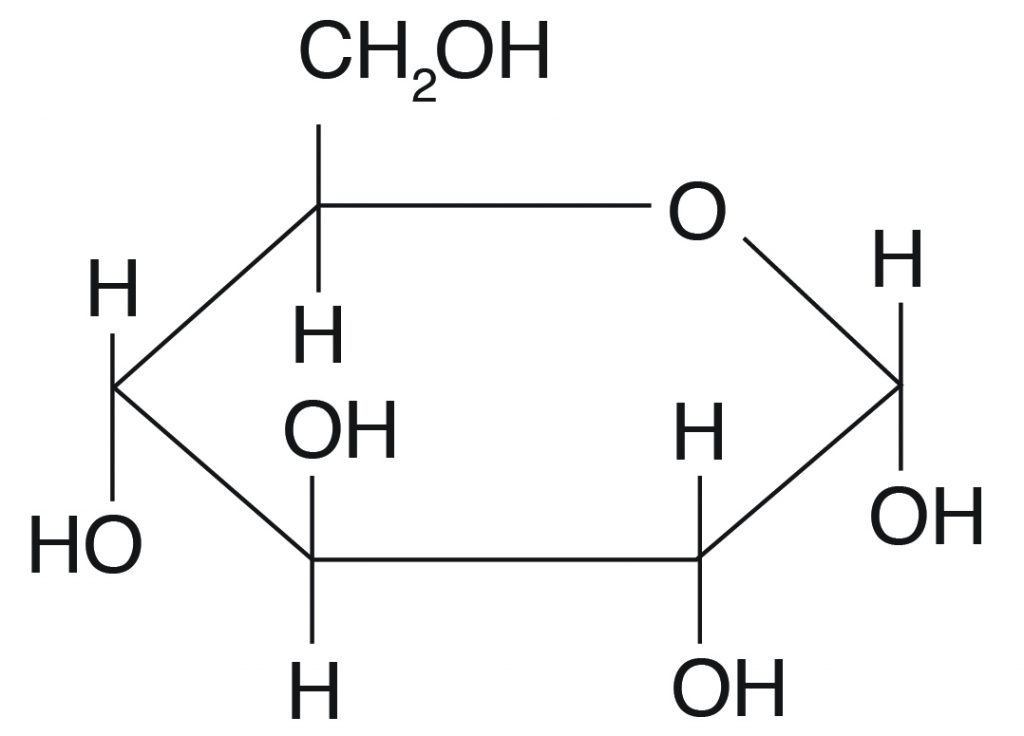
Vitamins and Minerals
- Vitamins :
- Organic compounds required in small quantities for various biochemical functions.
- Divided into water-soluble (e.g., vitamin C, B-complex) and fat-soluble (e.g., vitamins A, D, E, K).
- Minerals :
- Inorganic elements needed for various bodily functions.
- Include macrominerals (e.g., calcium, potassium) and trace minerals (e.g., iron, zinc).
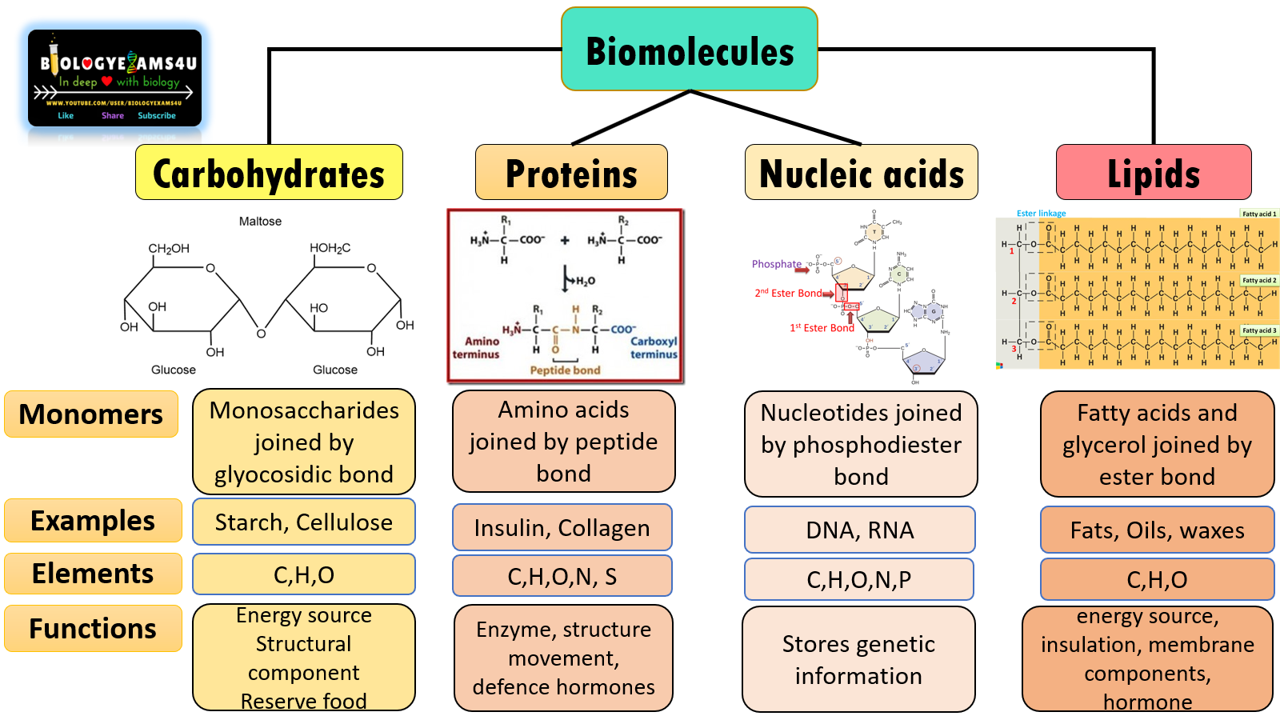
Summary
Understanding the molecular structures of DNA, RNA, proteins, lipids, carbohydrates, vitamins, and minerals is essential for comprehending their roles in biological processes and their impact on health. This knowledge is fundamental for diagnosing diseases, developing treatments, and advancing medical research.